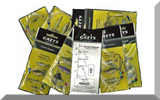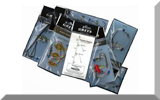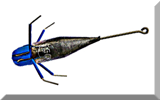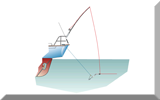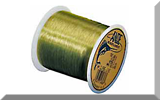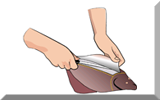Beads, Spoons and Flounder Fishing RigsThey must lead really boring lives, flounders, if they can get so excited about flounder fishing rigs involving a flashy spoon and a few coloured plastic beads. But, along with other flatfish, they do - and we'd be silly not to take advantage of it. Flounders are also known as fluke, so if you're looking for fluke fishing rigs you're in the right plaice - sorry, place.? Incidentally, all flatfish start out life swimming around in the vertical plane like any normal fish, with an eye on each side. Pretty soon though they opt for a horizontal lifestyle on the seabed which makes one of their eyes largely redundant, so it migrates around to the upper side where it can be of use. On the seabed they wriggle around to cover themselves with sand or shingle leaving only their eyes protruding above. Lying perfectly still and completely camouflaged they're ready to ambush any passing prey - or your bait. Add Some Bling to Your Flounder Fishing Rigs!
|
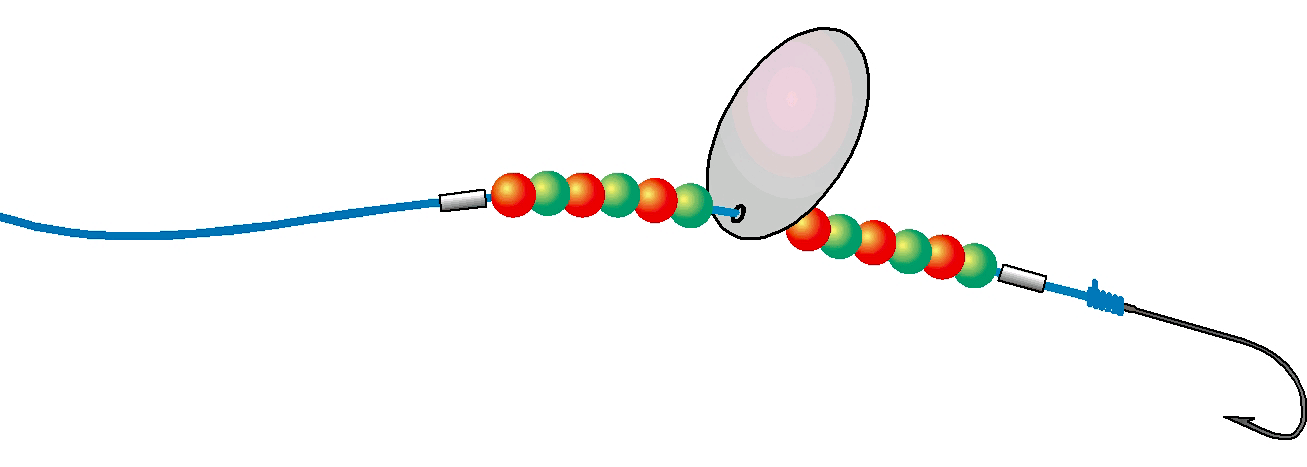 |
A few brightly coloured attractors just above the baited hook will make all the difference. Try a spin blade about 6" above the hook, together with a few plastic beads and sequins, held in place by a couple of small crimps. |
Flounder Fishing Rigs for Shore Casting
Fortunately you don't need to cast far to catch flounders - it's easy fishing. An incoming tide (the first three hours are best), shallow water and a worm or crab baited hook and you chances of catch a flounder or two are good.
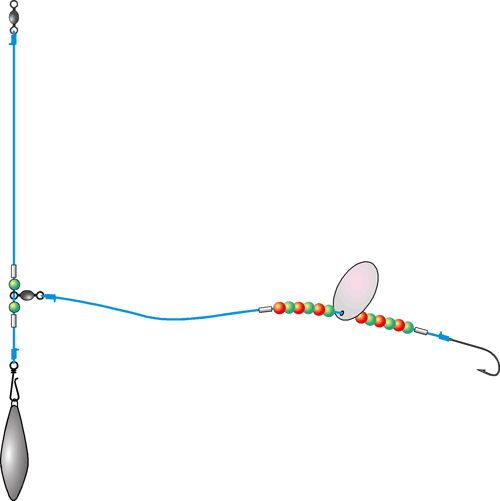
The trace should be attached to the sinker line as shown here.
The barrel swivel is located between two beads and held in place by sleeves crimped on either side.
This will allow any developing twists to unwind and will go a long way to avoiding tangles.
Use a uni-knot to tie the trace to the swivel.
The best bait is half a peeler crab, but flounder are also partial to ragworm - particularly white harbour rag, lugworm, mackerel strips and mussels.
Use a 1/0 hook for crab baits and a size 2 or 4 for worm. If bait-robbing crabs put in an appearance include a few floating beads in the rig to raise the bait off the bottom.
The longer the trace, the more it will swing around in the tide; for shore casting around four feet is about right, but you will need to use a bait clip to prevent tangles.
Many anglers use a gripper lead to hold the rig in place, whilst others favour a pyramid lead to allow it move around a little.
Boat Fishing for Flounders
This can be done at anchor or, if conditions are right, drifting slowly over a sand bank or shallow patch.
The rig is much the same as the shore fishing version except that the hook length is now much longer - 15 to 20 feet isn't unusual - but unless care is laken when lowering it to the seabed, the hook length can easily tangle around the main line.
To avoid this, suspend the weight clear of the surface until any tide or drift of the boat has streamed out the hook length. Then continue to slowly lower the lead to the bottom.
With a trace of this length you should resist the temptation to put another hook on a dropper above the weight, as this will make a tangle pretty much inevitable.
This rig is intended for use over sand and shingle beds where you can reasonably expect to find other flatties - not just flounders - but plaice, dabs and sole - and if you're really lucky turbot and brill.
If you drift into rough ground with one of these flounder fishing rigs, you're very likely to get hung up.
